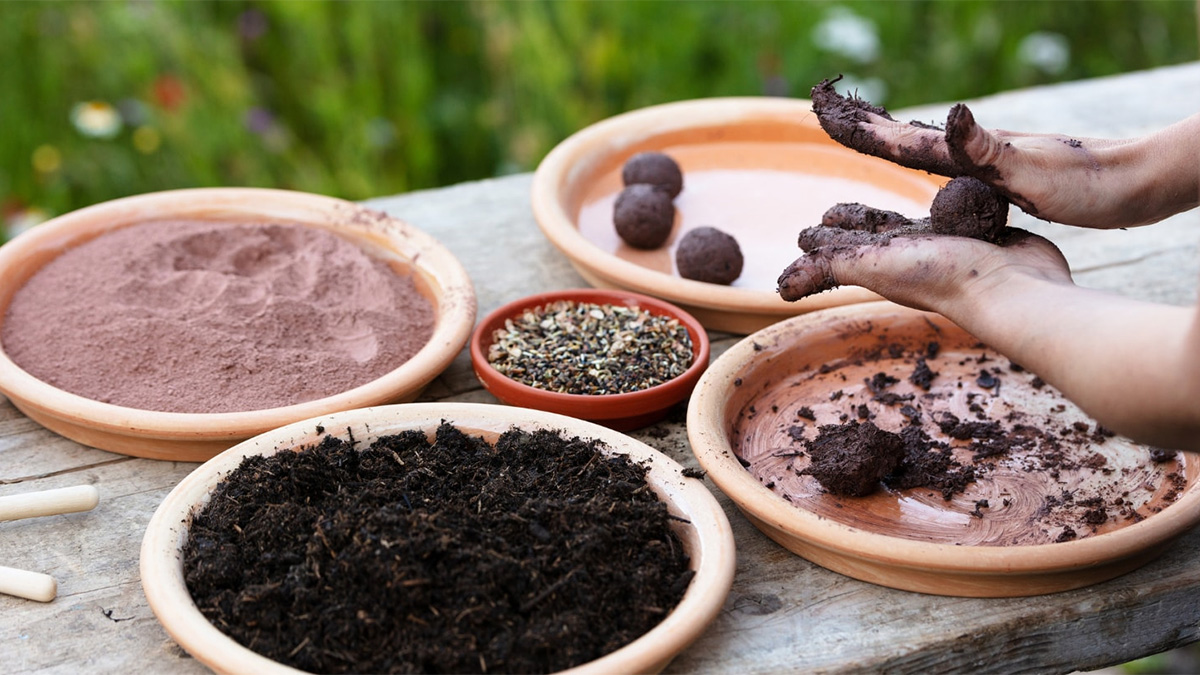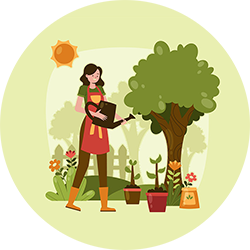DIY Seed Bombs: Easy Gardening Fun for All Ages

Seed bombs are a creative and eco-friendly way to spread native flowers and herbs while having fun. This simple DIY project is perfect for gardeners of all ages and can help restore color and pollinator habitats in neglected spaces. With just a few basic ingredients, you can craft seed bombs that bring life to any dull corner.
What are seed bombs
Seed bombs are small balls made of clay, compost, and seeds that you can toss into bare or neglected areas to encourage plant growth. They were first used in guerrilla gardening movements to quickly green up urban spaces. Today, seed bombs are also popular with families and hobby gardeners who want to support pollinators or add a burst of color to forgotten corners.
They are simple to make, easy to plant, and a wonderful way to introduce kids and beginners to gardening. With the right seeds, seed bombs can help improve biodiversity and restore natural beauty. Their playful and creative nature makes them enjoyable for gardeners of any age.
Benefits of making seed bombs
Seed bombs are a fun and practical way to encourage native plants and wildflowers to thrive. They provide food and shelter for pollinators such as bees and butterflies. By using local seeds, you help maintain a healthy ecosystem that supports native insects and wildlife.
Making seed bombs is also a wonderful family-friendly project that children and adults can do together. It combines art, science, and sustainability in a single activity. Plus, it gives you a chance to talk about environmental stewardship in a hands-on way.
Best seeds to use in seed bombs
Native wildflower seeds are the best choice for seed bombs, as they are adapted to your local climate and require less maintenance. Plants that attract bees and butterflies, such as coneflower, milkweed, or black-eyed Susan, make excellent options. Herb seeds like dill or parsley can also be added for variety and culinary use.
Be sure to research what is native in your region to avoid introducing invasive plants. If in doubt, consult a local extension service or native plant society. Always choose seeds that will thrive with minimal watering and care.
Materials you’ll need
Gather simple supplies like powdered clay or clay soil, compost or potting soil, and your chosen seeds. A mixing bowl, measuring cups, and a bit of water will also be useful.
You can usually find powdered clay at craft stores or garden centers, and compost is available at most garden shops. Using seeds suited for your climate will help ensure success. With these ingredients ready, you will be set to start creating your seed bombs.
Step-by-step instructions
Begin by mixing two parts clay with one part compost in a bowl. Slowly add a little water until the mixture holds together without being sticky. Gently fold in your seeds, making sure they are evenly distributed throughout the mix.
Roll small portions into balls about the size of a marble. Place them on a tray or baking sheet to dry for a day or two until firm. Once dry, store them in a paper bag or cardboard box until you are ready to plant.
How and where to plant your seed bombs
The best time to plant seed bombs is after the last frost in spring or before fall rains. Look for bare soil in sunny or partly sunny spots where the seeds can get enough light. Simply toss the seed bombs onto the soil surface and water lightly if rain is not expected soon.
Avoid planting in protected nature reserves or private gardens without permission. Good locations include roadside verges, neglected flower beds, or even large planters where you want a burst of color. Once in place, the clay will help protect the seeds until they germinate.
Safety and ethical considerations
Using native, non-invasive seeds is essential to avoid harming local ecosystems. Never use aggressive plants that could spread beyond control. Be mindful of where you scatter seed bombs so you respect the environment and private property.
Talk to kids about where planting is allowed so they learn to garden responsibly. Seed bombs are a wonderful teaching tool for encouraging respect for nature. When used with care, they can transform forgotten spaces without creating unintended problems.
Fun variations and creative ideas
You can make seed bombs even more fun by adding natural pigments to color the clay. Kids might enjoy making colorful seed bombs as gifts or party favors. Shape them into hearts, stars, or other fun designs to personalize the experience.
Try a theme, like a pollinator-friendly mix or an edible herb blend, to match your gardening goals. Seed bomb-making parties are also a great way to share this craft with neighbors or gardening clubs. Let your creativity guide you while keeping sustainability in mind.
Conclusion
Making your own seed bombs is a rewarding and playful way to support the environment. By choosing native seeds and planting responsibly, you can enjoy a colorful, pollinator-friendly garden while sharing the joy of gardening with others. Give seed bombs a try and see how small efforts can make a big difference.
